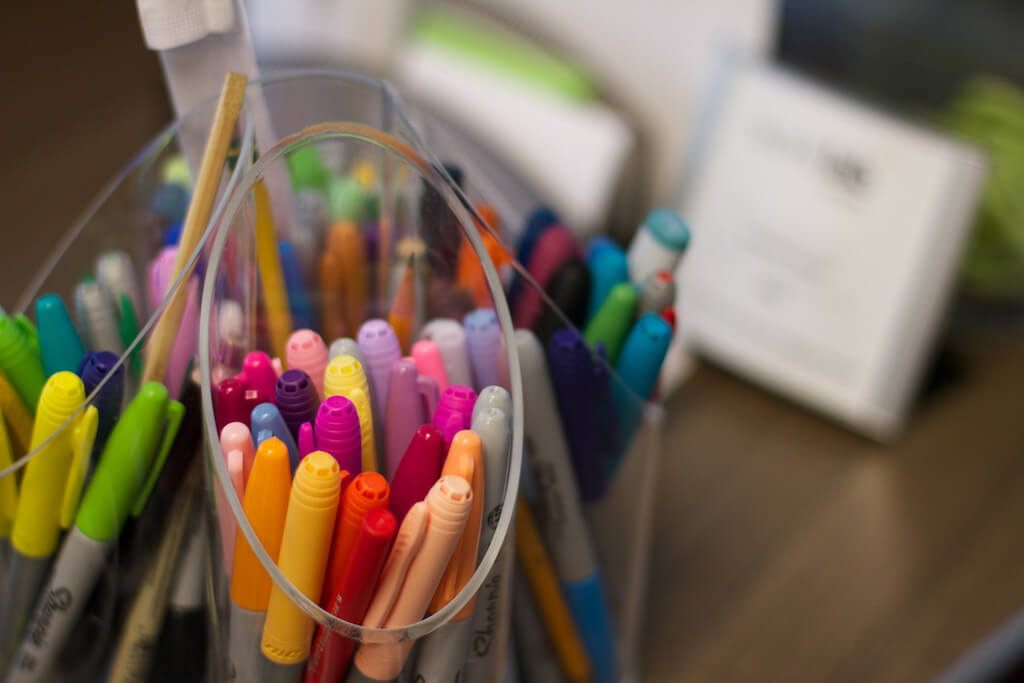Being a software designer has many perks. I get to work with cool new technology each day. I get to build tools that make people’s lives better. The compensation and benefits certainly are not bad either—it’s nice to not worry about how I’ll pay the bills, and you’ll never hear me complain about dogs being in the office.
However, there is a lesser aspect of being a software designer that I rarely hear discussed. Not all software design is shiny and special.
This took me some time to accept. As a fresh, wide-eyed art school graduate, realizing that not everything I would create would be groundbreaking, cunning, and visually eye-catching was hard.
Some projects are all of those things. However, many are not. This does not mean that they are any less valuable or less worthy of a great designer’s time, though.
Over the years, I’ve learned some tactics for being a design crusher—for getting through the work that, at surface value, might not seem so thrilling.
Empathize
Being a good software designer is all about being empathetic. If you’ve reached a point where you have lost sight of why you are doing what you’re doing, you need to recalibrate.
One way to do that is to talk to end users of the software you are designing. This is a win-win. Learning more about the users is extremely beneficial to your project. For example, you might uncover a pain point that was previously missed. Putting your design thinking skills to good use to alleviate this pain point will be exciting for you, and it can also be a massive improvement for them.
This method has worked for me every single time. It reminds me why I entered the software industry in the first place: to make people’s lives better.
Game the System
You can always be better. Find ways to compete with yourself. Use the less exciting and lower-risk projects to push yourself technically. There are a few different ways to go about this.
Give yourself constraints you normally wouldn’t.
I used this tactic frequently back when I was a brand designer. Often, giving yourself some arbitrary constraints will help you think in more creative ways. The same is true for software design. What if you limit yourself to a smaller color palette? What will happen if you assign a maximum click amount for each workflow?
Push yourself to match your estimates.
This is a great way to get better at estimating the time you need to complete a feature. Before you begin, map out some estimates. How much time will you spend doing research and benchmarking similar features in other apps? How much time will you spend wireframing? How much time will you spend on visual design? See how close you can come to hitting your estimates.
Boost Your Team
If you notice that your team’s morale appears to be suffering, seize this opportunity to design a great project experience for them. What can you do to get everyone excited again? It might be something simple, like sprucing up your team space. Maybe you hang a sign that includes an inside joke about your project.
You could also reach for something a little bigger, such as instituting a weekly team lunch, or implementing a new method for providing positive feedback for one another.
You could even do all of these things. Getting your entire team’s morale up will certainly help boost yours in the process.
Utilize New Tools
There are countless design and collaboration tools out there. A great time to test out those tools is on a project that is feeling a little lackluster.
What if you try out a different prototyping tool this time around? Or you finally test out all those neat Sketch plugins you keep reading about? Keep track of what you liked and didn’t like about the tools. After you’ve tested enough of them, you could even create a handy tool comparison!
Learning something new is a great way to shake up an otherwise monotonous project.
At the End of the Day, Work Is Work
Regardless of how much you love your job, there will occasionally be days (or projects) that feel like they drag on. Fortunately, for most designers, we love what we do, so those days are far and few between. However, if you do find yourself in a rut, try out some of the above methods!
Have you developed your own rut-busting techniques? If you have, I’d love to hear them!

